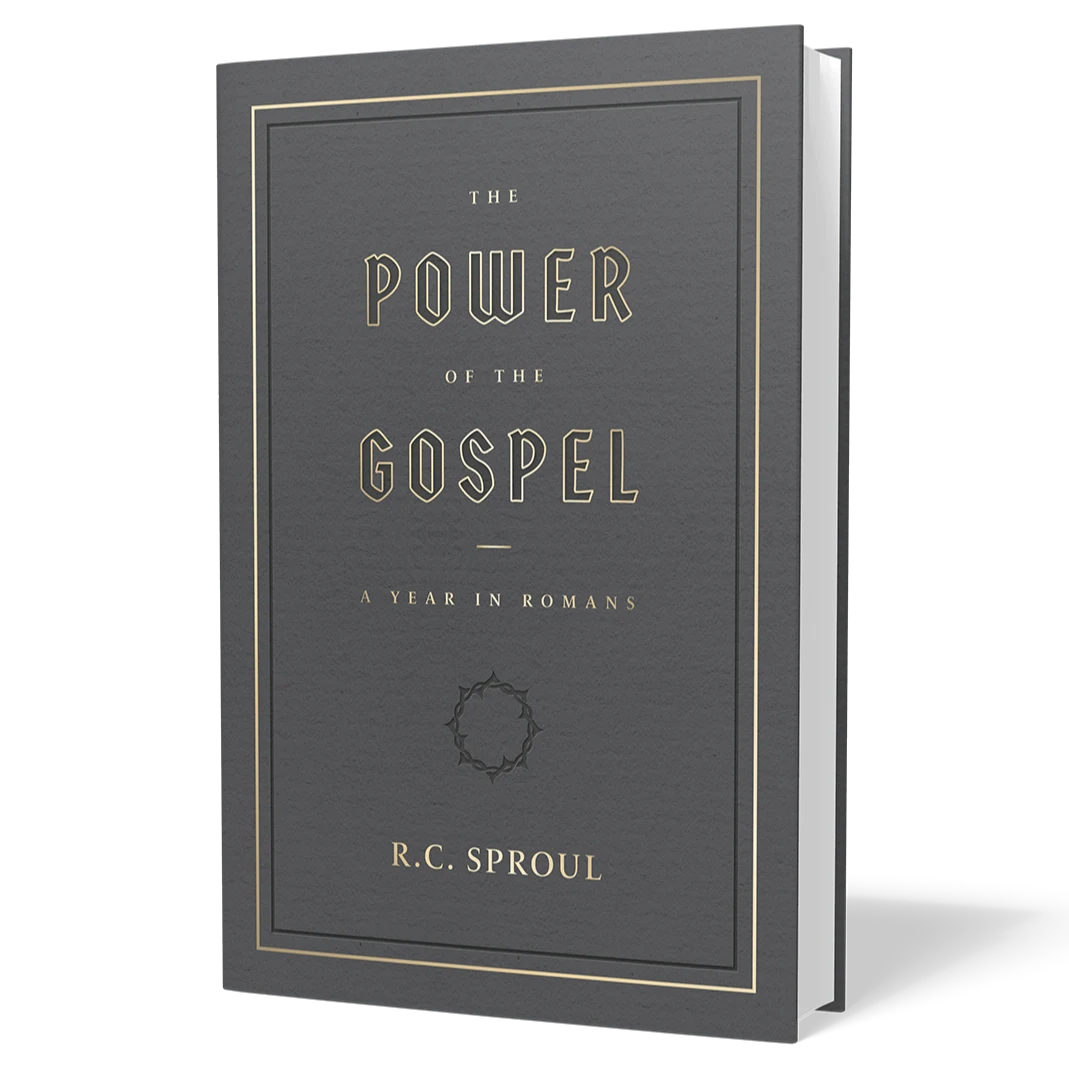The First and Second Resurrection

In a second perspective on the “thousand years” following the binding of Satan, John saw thrones and the judges who occupied them, the souls of those who had been beheaded for staying true to Jesus (Rev. 20:4–6). These souls “came to life” and reigned with Christ for a thousand years. Their coming to life is “the first resurrection,” and it shows that “the second death”—the eternal torment that awaits God’s enemies (Rev. 19:20; 20:10, 14–15)—has no power over them.
Some premillennialists construe “the first resurrection” as believers’ bodily resurrection at Christ’s second coming (see 1 Thess. 4:13–17; 1 Cor. 15:20–23). Although John does not mention a “second resurrection,” these premillennialists believe that a subsequent bodily resurrection of unbelievers is implied in the statement, “The rest of the dead did not come to life until the thousand years were ended” (Rev. 20:5). In this premillennial view of the future, therefore, there are two bodily resurrections separated by a thousand years. Christians will receive their resurrection bodies at Jesus’ glorious return from heaven, and in that resurrected state they will share Jesus’ rule over an earth much improved from the present but not purged of sin. Then, centuries later, non-Christian’ souls will be restored to embodied existence to face final judgment. To determine the merit of this view, we will have to examine the text further.
If we approach this vision from the standpoint of the streams of Old Testament imagery that converge in Revelation, another message emerges. Notice that John sees thrones before he glimpses anyone sitting on them. This order echoes the vision of God enthroned when John was summoned “in the Spirit” into heaven (Rev. 4:1–2; 20:11). It also recalls a vision in which Daniel saw thrones, then the Ancient of Days, and then God’s court sitting in judgment (Dan. 7:9–10). These echoes are not coincidental. They show the heavenly locale of this court and its thrones. Those who reign with Christ a thousand years do so in heaven, not on earth.
Who are the judges who occupy the thrones? They are the souls of those beheaded for maintaining their testimony about Jesus. They represent not only Christians slain by beheading but also those martyred by other means (stoning, crucifixion, flame, sword). Earlier John had seen them poured out like sacrificial blood “under the altar” in heaven (Rev. 6:9–11). What distinguishes these souls is not their violent death but their allegiance to Jesus’ testimony and God’s Word. Implicitly, they include all “the dead who die in the Lord” (Rev. 14:13), regardless of whether they were called to lay down their lives to maintain their confession. Again, the identity of the judges confirms the heavenly venue of the court in which they rule with Christ.
But doesn’t the statement that “they came to life” in a “first resurrection” show that these souls are reunited with their bodies before they begin their thousand-year reign with Christ, that their resurrection bodies will be seated on the thrones? Can “resurrection” refer to anything other than “literal”—physical, bodily—resurrection? In fact, it can, and in the New Testament it often does.
Paul reminded Christians in Ephesus, who had been “dead in the trespasses and sins in which [they] once walked,” that God “made us alive together with Christ . . . and raised us up with him and seated us with him in the heavenly places” (Eph. 2:1, 6). The sequence is identical to Revelation 20:4–6: the dead come alive, are raised, and are enthroned in heaven to share Christ’s reign. Yet Paul is not describing believers’ future bodily resurrection, ascension, and enthronement. Rather, he speaks of grace received in our past and in our present, when God’s Holy Spirit applies to us the work of Christ: “by grace you have been saved through faith” (Eph. 2:8). Christians already share in Christ’s resurrection life and heavenly reign (Col. 3:1–4; Rom. 6:4), even as we await our Lord’s return, when our bodies, too, will be transformed by His resurrection life (Rom. 8:11; Phil. 3:10–11, 20–21).
Jesus Himself linked the life-giving power of His voice in the present to the body-resurrecting power of His voice in the future. In the present, He said, “An hour is coming, and is now here, when the dead will hear the voice of the Son of God, and those who hear will live” (John 5:25). Right now, as Jesus preaches, “whoever hears my word and believes him who sent me has eternal life . . . has passed from death to life” (John 5:24), although our bodies still face the prospect of physical death. In the future, “an hour is coming when all who are in the tombs will hear his voice and come out, those who have done good to the resurrection of life, and those who have done evil to the resurrection of judgment” (John 5:28–29).
Christ has already been raised from the dead as the firstfruits of the final resurrection of all who are “in” Him. Now Christ is reigning, subduing His enemies.
This future emergence from the tombs of all those who have died physically appears in Revelation 20:12–13: “I saw the dead, great and small, standing before the throne, and books were opened. . . . And the sea . . . Death and Hades gave up the dead who were in them and they were judged.” Only those whose names are in the Lamb’s book of life will survive that judgment (v. 15). Though it is never labeled as such, this is the second resurrection implied in “the first resurrection” (20:5–6).
Thus in God’s Word, such terms as “come to life,” “make alive,” and “resurrection” sometimes convey symbolic, spiritual senses. Is the “first resurrection” in Revelation 20:5–6 spiritual or bodily? Often, Paul’s more prosaic discussions of future events help us sort out the imagery of John’s vivid visions, and this is one such case of that phenomenon. In 1 Corinthians 15:22–26, Paul explains the order in which Christ’s victory over his enemies will play out:
For as in Adam all die, so also in Christ shall all be made alive. But each in his own order: Christ the firstfruits, then at his coming those who belong to Christ. Then comes the end, when he delivers the kingdom to God the Father after destroying every rule and every authority and power. For he must reign until he has put all his enemies under his feet. The last enemy to be destroyed is death.
Christ has already been raised from the dead as the firstfruits of the final resurrection of all who are “in” Him. Now Christ is reigning, subduing His enemies. The very last enemy to be destroyed is death, and its destruction will coincide with Christ’s second coming and the resurrection of Christians. This is the same order that we see in Revelation 20. By Christ’s death and resurrection, God’s enemy Satan has been bound for a very long time (Rev. 20:1–3), eventually to be released briefly and destroyed (Rev. 20:7–10), at which time all the dead will be raised and judged (Rev. 20:11–13). At last death itself is to be destroyed (Rev. 20:14). No enemy will survive after death, the last enemy, “dies.” So the bodily resurrection of believers, which is Paul’s focus in 1 Corinthians 15, is part of one final, general resurrection of all people, believer and rebel alike—the second resurrection at Christ's return, the end of history (John 5:28– 29; Rev. 20:11–13).
But if the “first resurrection” is not bodily, what is it? As John 5 and Ephesians 2 show, the Scriptures do say that God raises spiritually dead people through His effectual call in the gospel. But Revelation 20:4 focuses on “souls,” and those souls belong to people who died not through sin and unbelief but because of their faithful witness to Jesus. This points us in a different direction.
Consider the paradox of Revelation’s imagery, which shows that often things are not what they seem. John heard that Judah’s Lion had “conquered” and was worthy to open God’s scroll (Rev. 5:5). But he saw a Lamb standing, as though slain; and because of its bloody death the Lamb was worthy to open the scroll (Rev. 5:9). Could the Lamb’s slaughter be the Lion’s victory? Yes; the weakness of Christ’s cross is God’s power (1 Cor. 1:18–25). Again, in Revelation 11:7 and 13:7 the beast, backed by Satan, conquers and kills God’s saints. On the surface, the martyrs’ bloody deaths look like utter defeat. Between those two statements, however, John sees the real situation: believers whom Satan once accused “have conquered him by the blood of the Lamb and by the word of their testimony, for they loved not their lives even unto death” (Rev. 12:11). Martyrs who laid down their lives, trusting in Jesus’ blood and righteousness, stand victorious over Satan himself.
Since the Lamb triumphed by being slain and His followers’ secret of victory is their faithfulness unto death, Revelation’s paradoxical logic leads to the surprising conclusion that the first resurrection was, in fact, the martyrs’ violent death at the hands of their persecutors. That death ushered them into the presence of God, where they now worship as priests and reign as kings (Rev. 20:6; see Rev. 7:9–12). Although the martyrs still await God’s avenging justice (Rev. 6:10) and “the redemption of our bodies” (Rom. 8:23), their departure to be with Christ is, for them, “far better” (Phil. 1:23), a sweet foretaste of the second resurrection at Christ’s return, when “death is swallowed up in victory” (1 Cor. 15:54).



